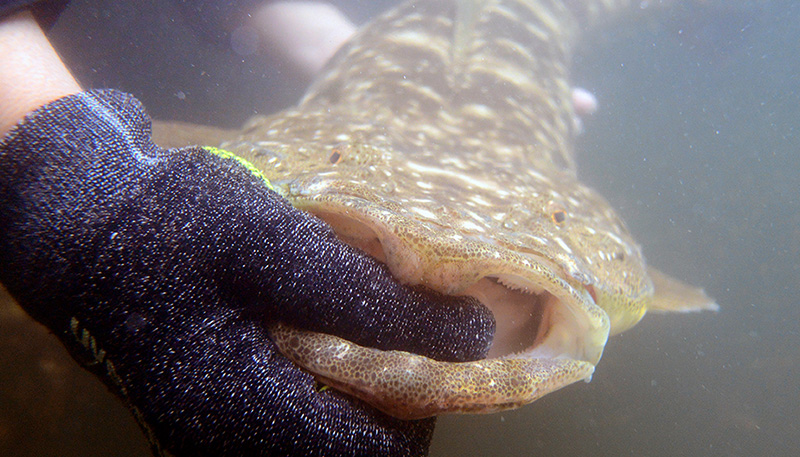
A handful of Australian fish can rightly be regarded as representing our “iconic” species, with a few attracting something close to a cult following amongst dedicated anglers. Barramundi, Murray cod, snapper and jewfish (better known in some places as mulloway) all fall into that category. However, a fish doesn’t need to be a glamour target nor grow to trophy sizes in order to earn the iconic tag. Surveys consistently show that recreational anglers in this country spend more time, money and effort chasing three very humble “bread and butter” varieties than all the rest put together. Those three fish are the whiting, bream and flathead, and the last named is perhaps the most popular of all.
There are more than 30 species of ugly-but-tasty bottom dwellers aptly known as flathead living in our salt and brackish waters, and at least a couple of types are available almost anywhere you might care to cast a line, right around Australia’s vast seaboard. Up north and over in the Wild West, you’ll mostly catch bar-tails. Along the east coast, we have sandies and tigers offshore, along with the jumbo member of the clan — the dusky — lurking in our estuaries. Down south there are blue spots and rock flathead, plus even more sandies and tigers. In short, wherever you go in Australia, there’s no shortage of flatties!

Flathead are not a particularly difficult fish to catch, a fact which no doubt helps to explain their immense popularity. They’re opportunistic predators and occasional scavengers, spending much of their time lying motionless and extremely well camouflaged on the sea floor or lake bed. However, if something vaguely edible happens to swim, crawl or drift by, these reptilian-looking fish are incredibly quick over a distance of a metre or two. They also have an over-sized mouth lined with small, sharp teeth. It’s a food intake designed for one-way traffic.
Favourite tucker for flathead includes all sorts of little (and not so little!) fish, such as mullet, whitebait, herring, pilchards, juvenile whiting and so forth. They’re also very fond of dining on prawns, small crabs, baby octopus, little squid, yabbies or pink nippers and various marine worms. But they’ll eat various bits of dead and decaying animal matter, too. They’re not overly fussy!

The biggest trick to catching flathead is to remember that they’re much more likely to grab something that’s moving. These fish really do seem to be attracted and excited by motion and action.
The flathead’s fondness for hitting a moving target makes it an absolute sucker for many lure fishing strategies. It’s no accident that a flathead is often the first saltwater species racked up by any newcomer to lure fishing. The only real trick to success lies in ensuring that your lure or artificial bait stays within a metre of the bottom at all times, whether trolling or retrieving. Closer to the bottom is even better, and making occasional contact with the sand or mud is best of all.

Perhaps the deadliest method yet devised for catching flathead on rod and reel is to cast out a 7 to 12 cm long Squidgies soft plastic rigged on a 7 to 14 gram (1/4 to ½ ounce) jig head, carrying a 1/0 to 4/0 hook. Let this lure sink all the way to the bottom, then give it a reasonably sharp flick or two, retrieve the slack line generated and repeat… all the way back to the rod tip. Keep doing this — making sure the lure regularly falls back to the seabed — and you WILL catch flathead, I guarantee you… It’s as simple as that!
The colour of the lure isn’t usually all that important, either. Try natural, muted tones in clearer water or bright hues such as hot pink and chartreuse (lime green) in dirtier or darker conditions… Or black… Or white. They all work!
Spring is prime flathead time in most parts of the country, so grab some Squidgies and get out there and give them a crack!
Coming soon: In Part 2, we’ll look at some more specific details that will help you catch more and bigger flatties on Squidgies.